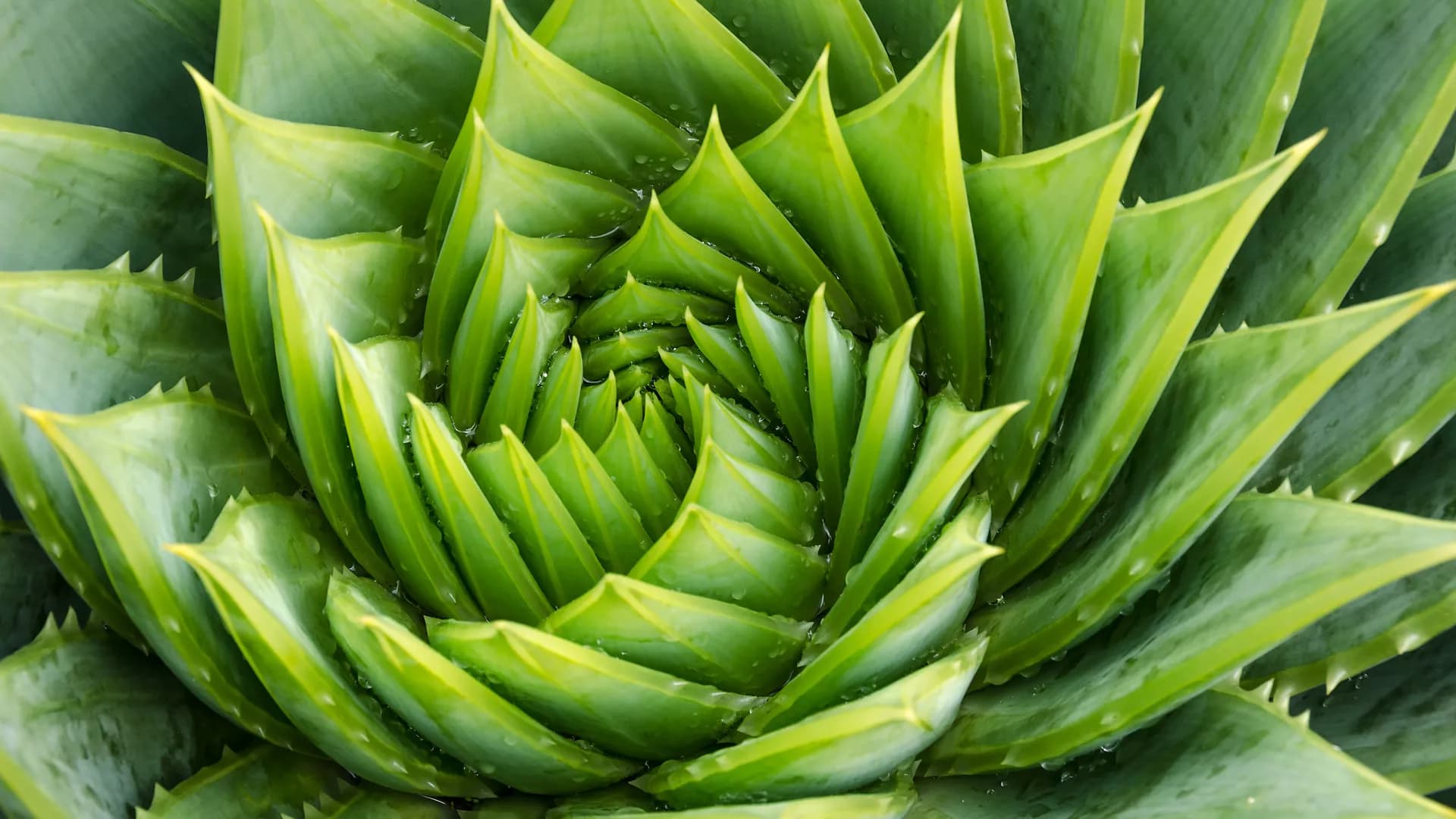The antioxidant glutathione (GSH) mitigates adverse physio-metabolic effects and defends against abiotic types of stress, such as cadmium (Cd) stress. However, its function and role in resisting Cd phytotoxicity by leveraging plant antioxidant-scavenging, redox-regulating, and hormone-balancing systems have not been comprehensively and systematically demonstrated in the Cd-hyperaccumulating plant Brassica napus L. cv. Tammi (oilseed rape). In this study, the effects of exogenously applied GSH to the leaves of B. napus seedlings exposed to Cd (10 μM) were investigated. As a result, Cd stress alone significantly inhibited growth and increased the levels of reactive oxygen species (ROS) and the bioaccumulation of Cd in the seedlings compared with those in unstressed controls. Furthermore, Cd stress induced an imbalance in plant stress hormone levels and decreases in endogenous GSH levels and GSH redox ratios, which were correlated with reductions in ascorbate (AsA) and/or nicotinamide adenine dinucleotide phosphate (NADPH) redox states. However, the exogenous application of GSH to Cd-stressed B. napus seedlings reduced Cd-induced ROS levels and enhanced antioxidant-scavenging defenses and redox regulation by both increasing seedling AsA, GSH, and NADPH concentrations and rebalancing stress hormones, thereby enhancing Cd uptake and accumulation. These results demonstrate that GSH improved plant redox status by upregulating the AsA-GSH-NADPH cycle and reestablishing normal hormonal balance. This indicates that exogenously applied GSH can mitigate Cd phytotoxicity in B. napus and possibly other plants. Therefore, GSH can potentially be applied to Cd-polluted soil for plant remediation.
Hydrogen sulfide (H2S), nitric oxide (NO), and reactive oxygen species (ROS) play essential signaling roles in cells by oxidative post-translational modification within suitable ranges of concentration. All of them contribute to the balance of redox and are involved in the DNA damage and repair pathways. However, the damage and repair pathways of mitochondrial DNA (mtDNA) are complicated, and the interactions among NO, H2S, ROS, and mtDNA damage are also intricate. This article summarized the current knowledge about the metabolism of H2S, NO, and ROS and their roles in maintaining redox balance and regulating the repair pathway of mtDNA damage in plants. The three reactive species may likely influence each other in their generation, elimination, and signaling actions, indicating a crosstalk relationship between them. In addition, NO and H2S are reported to be involved in epigenetic variations by participating in various cell metabolisms, including (nuclear and mitochondrial) DNA damage and repair. Nevertheless, the research on the details of NO and H2S in regulating DNA damage repair of plants is in its infancy, especially in mtDNA.




